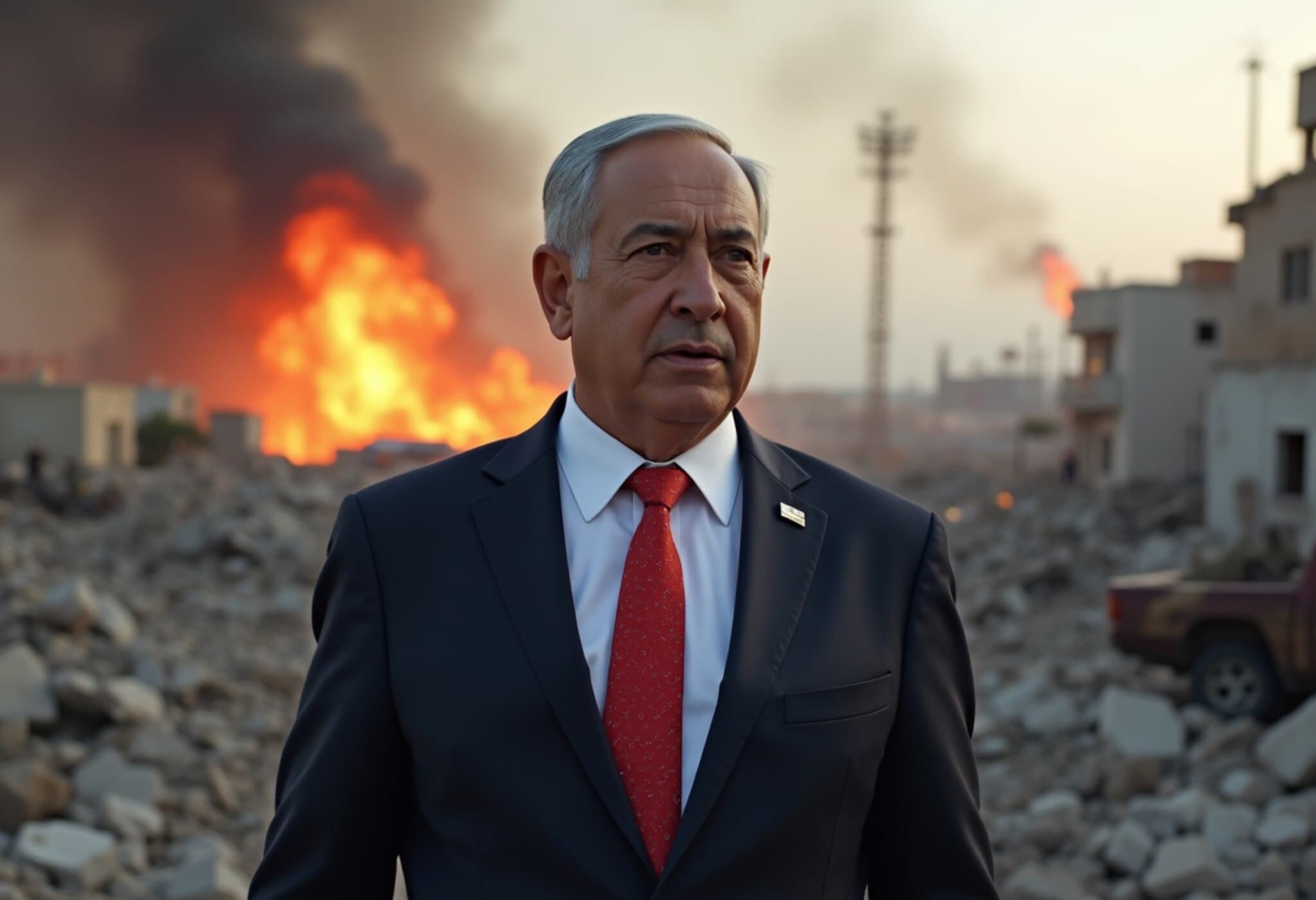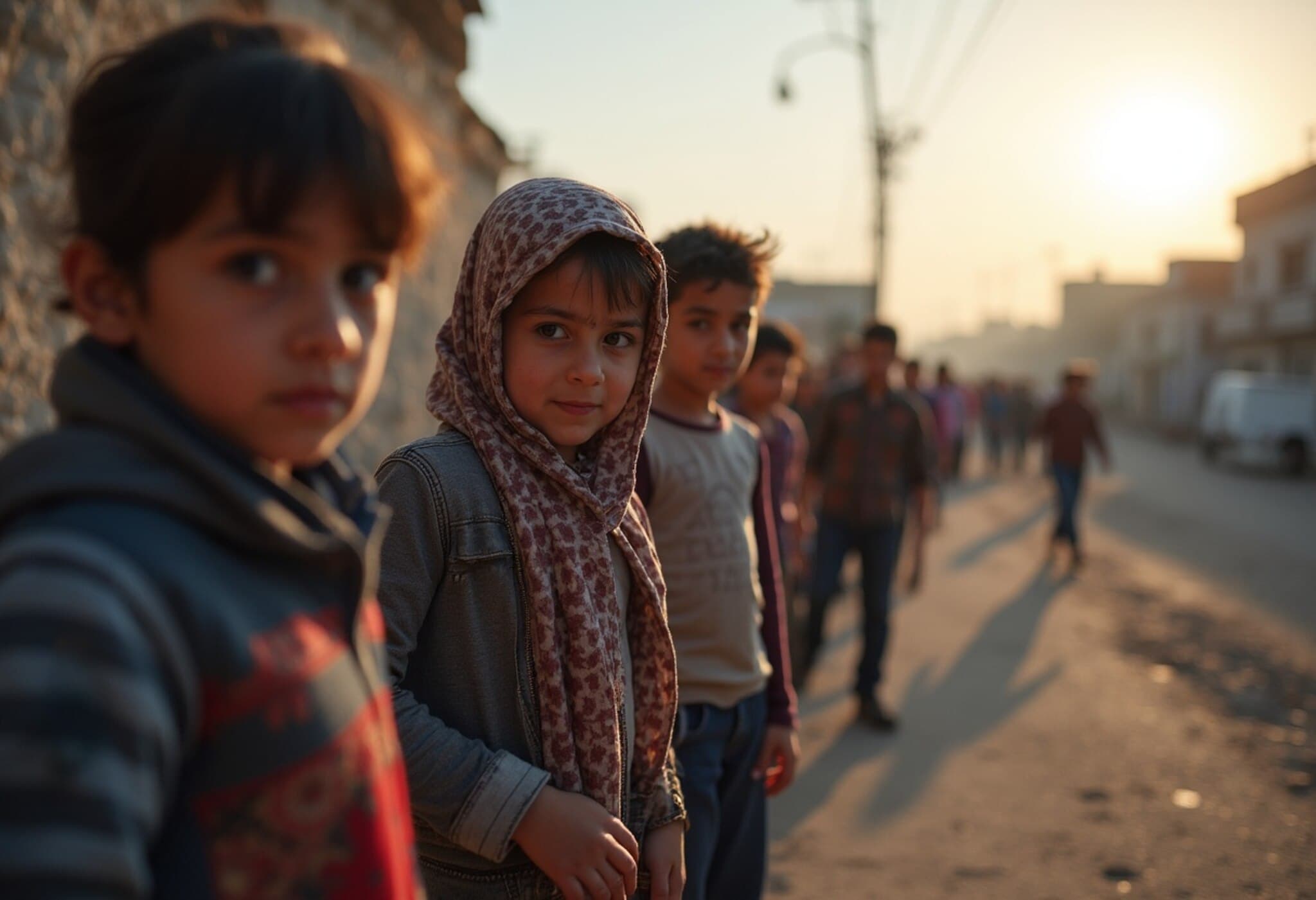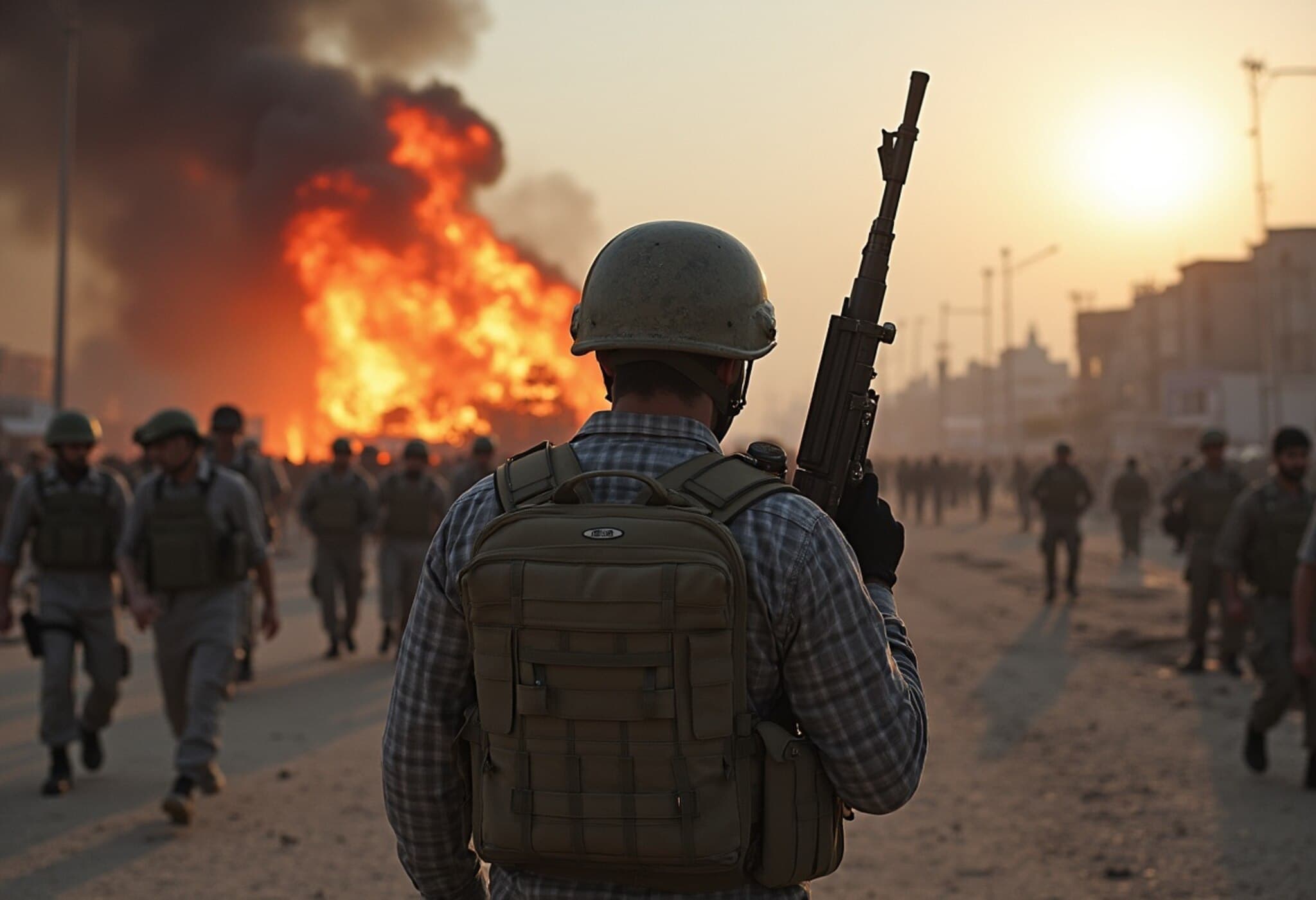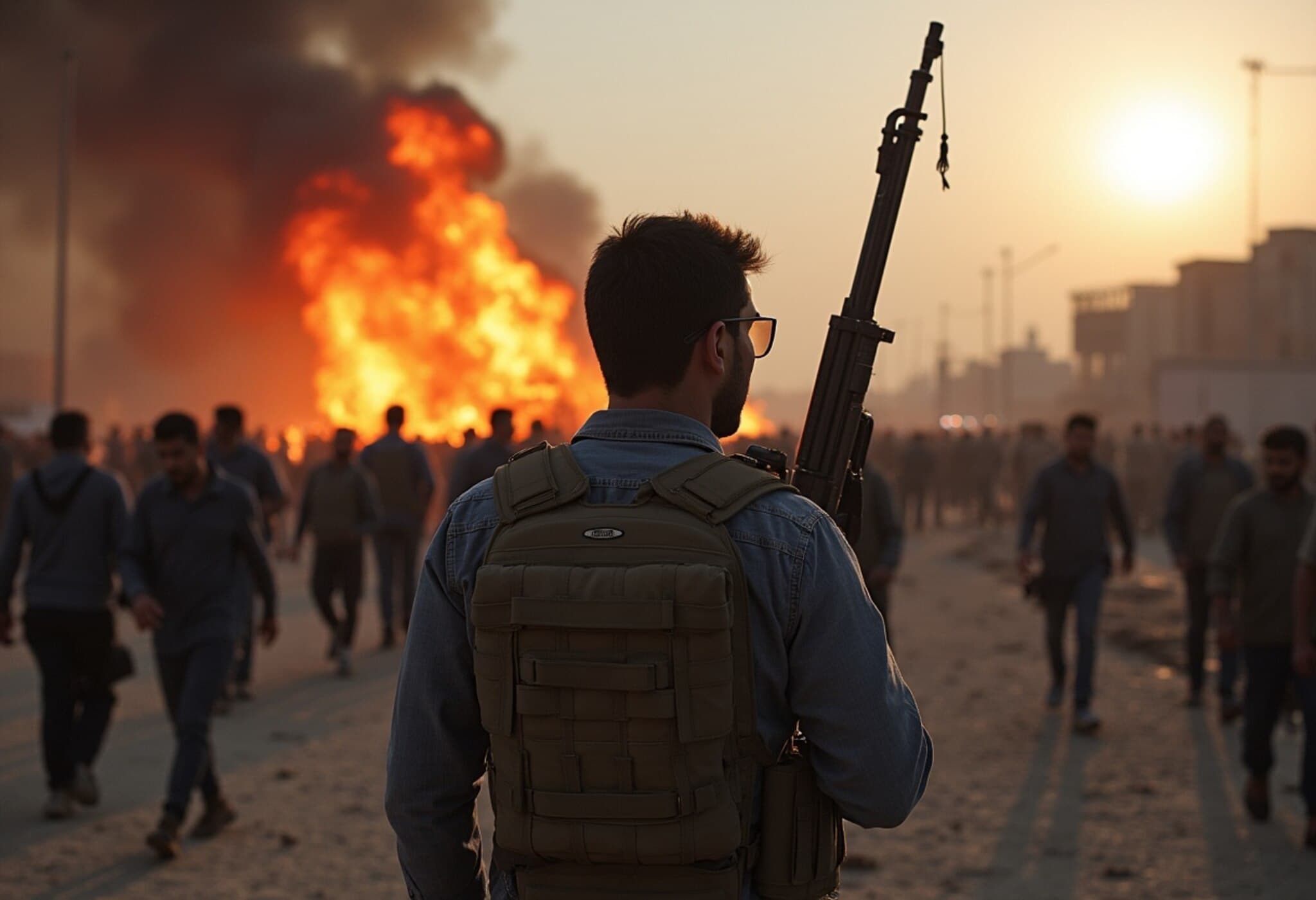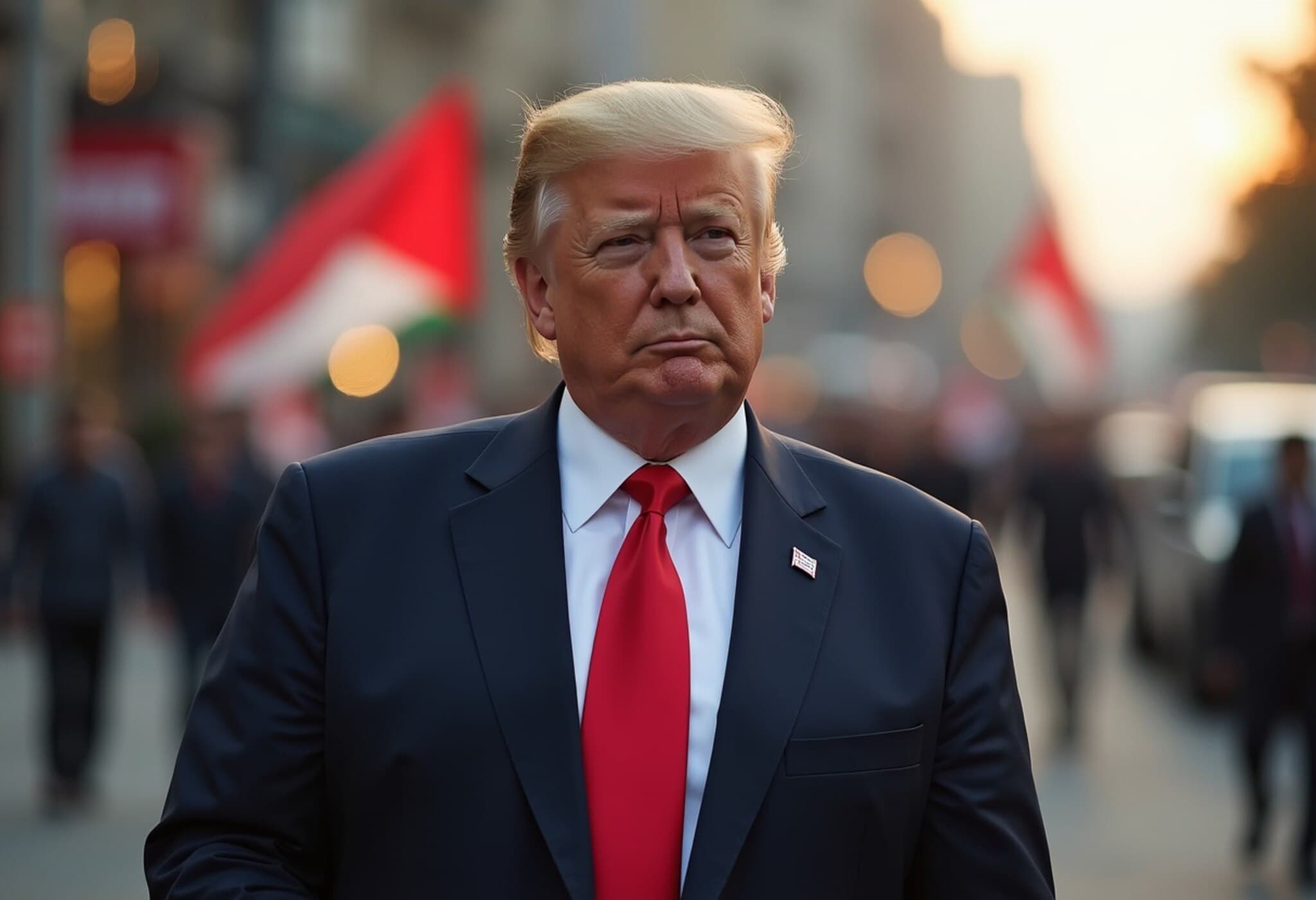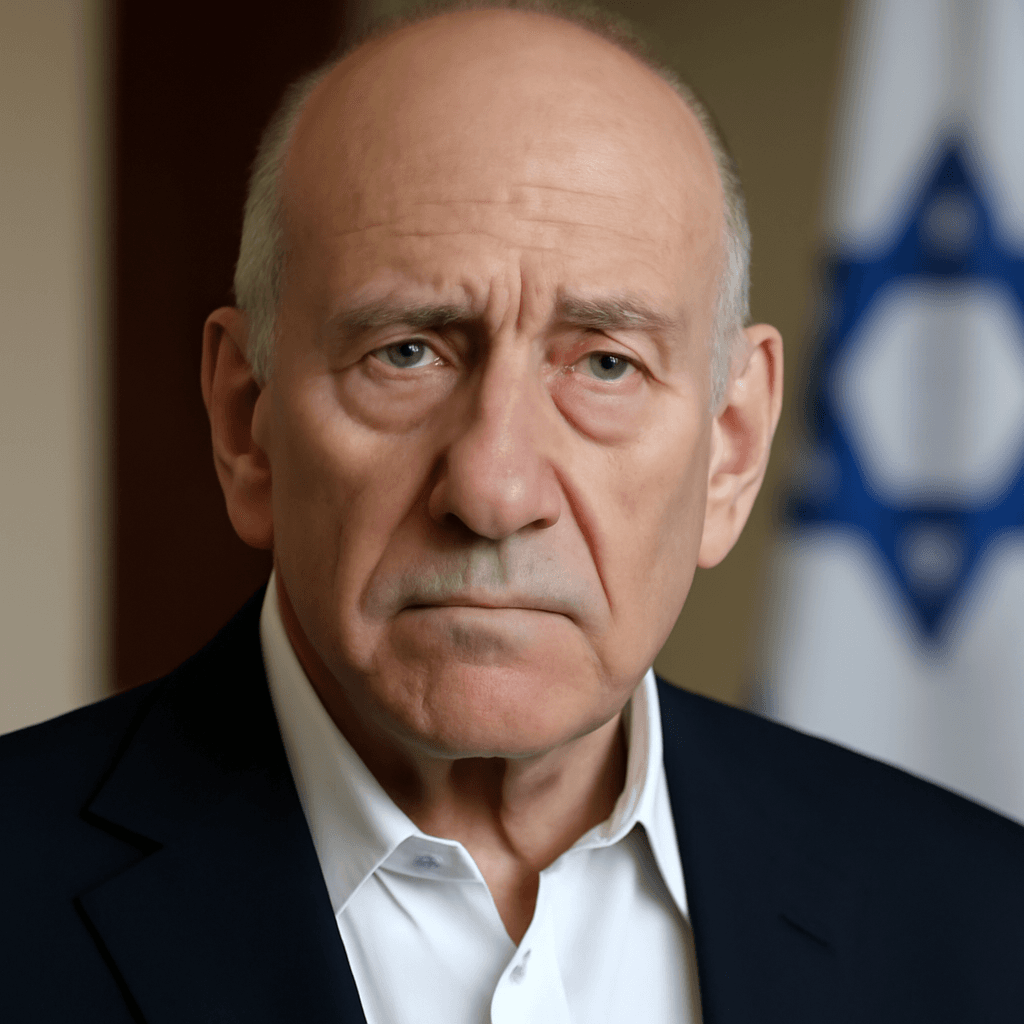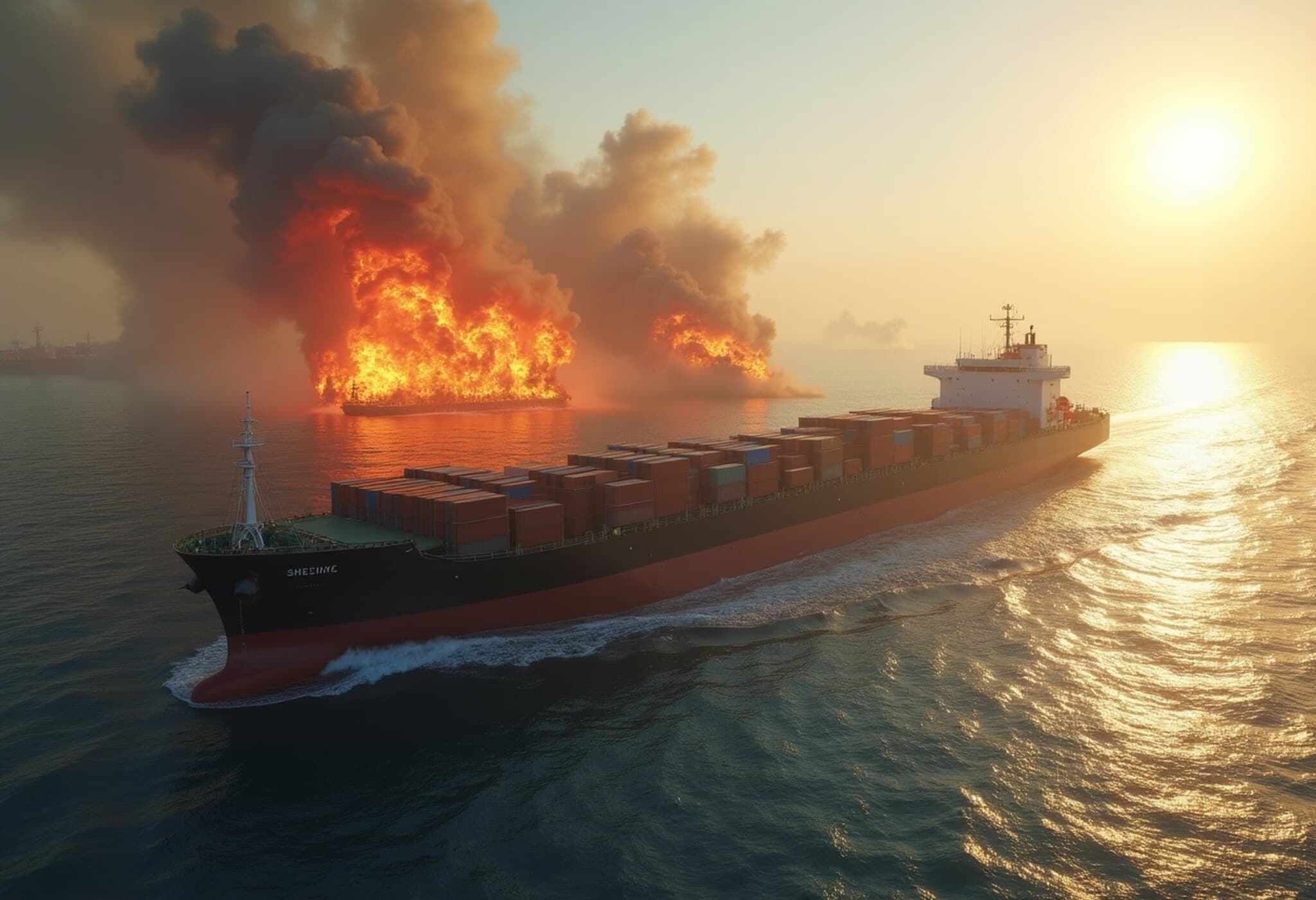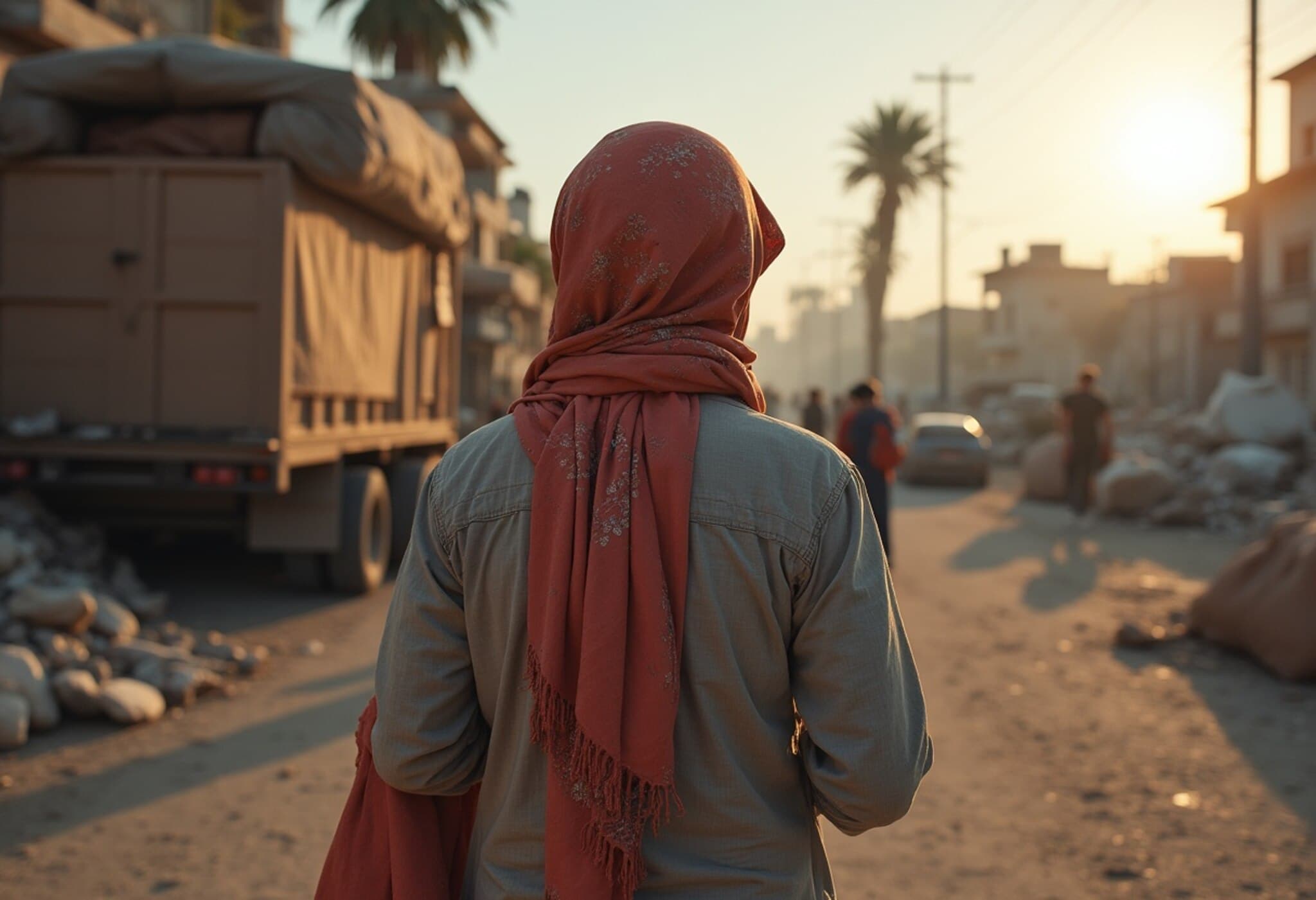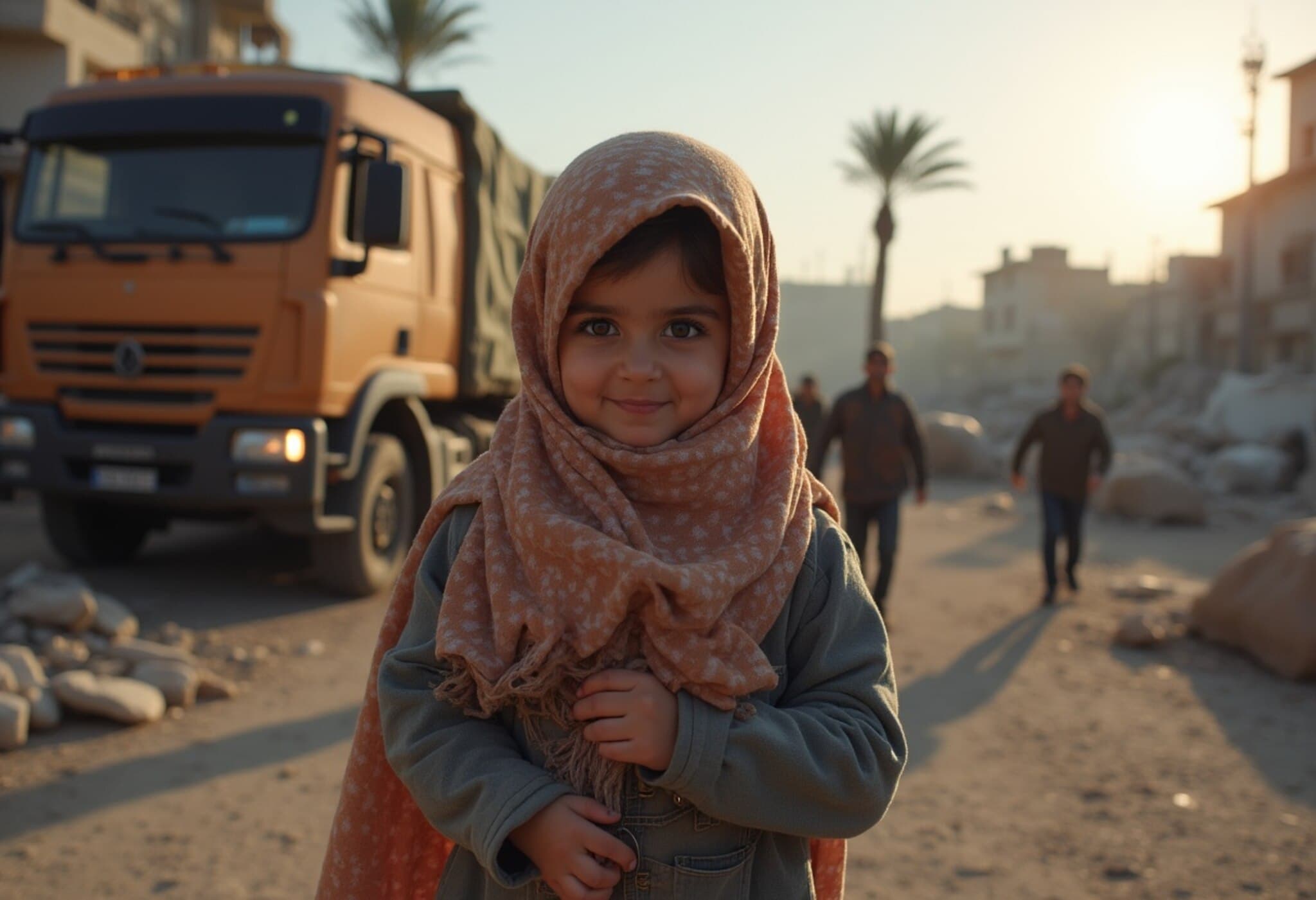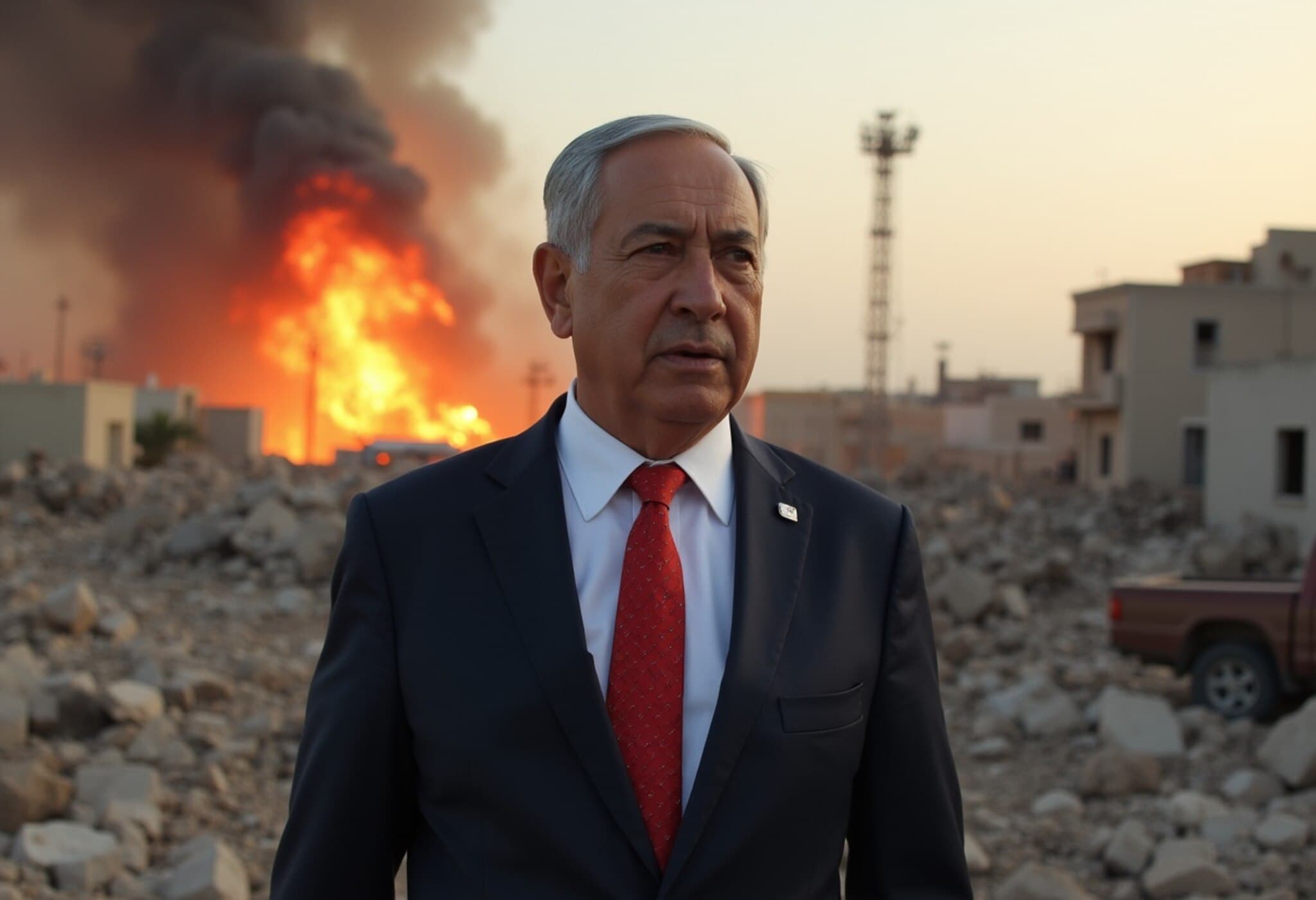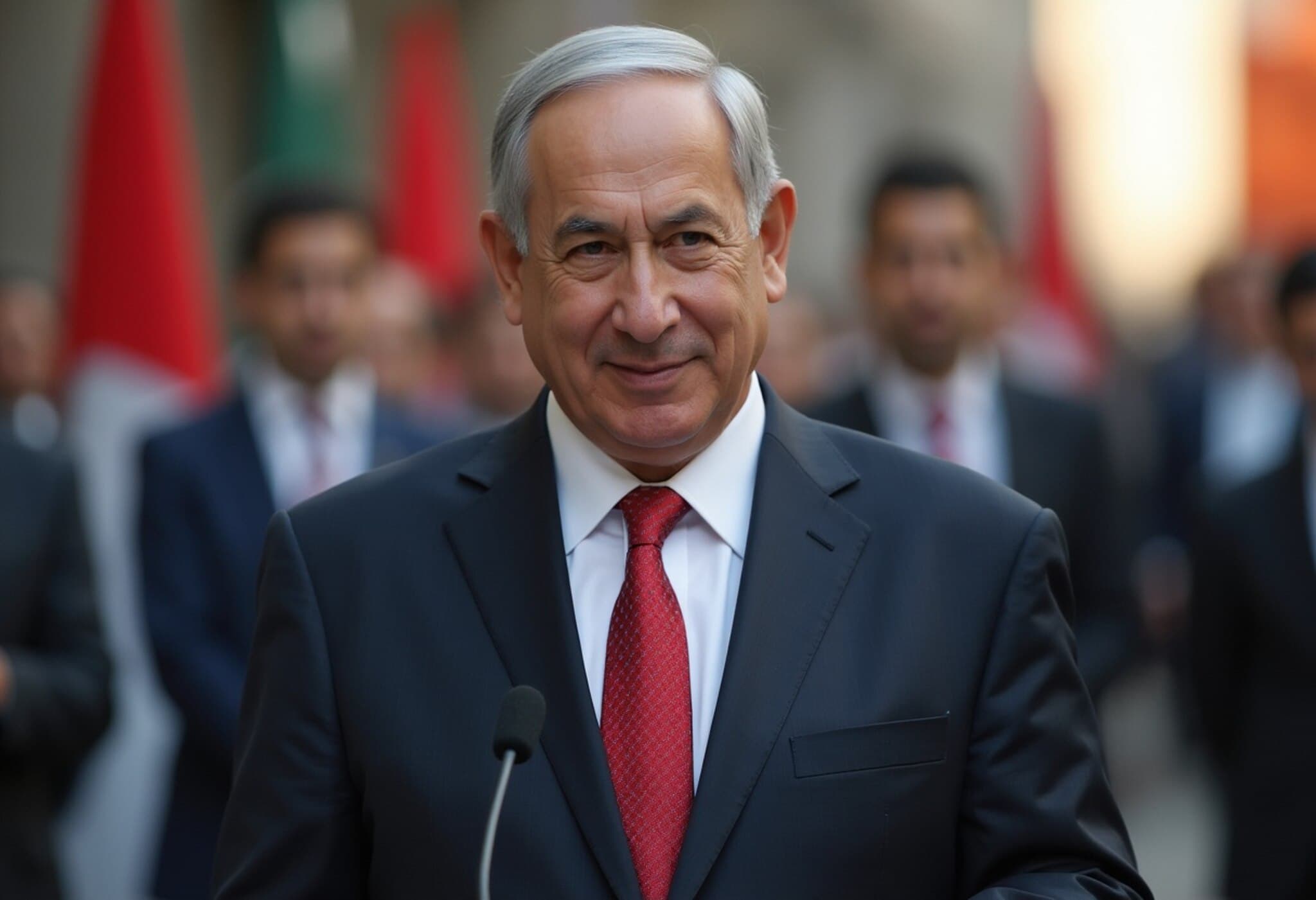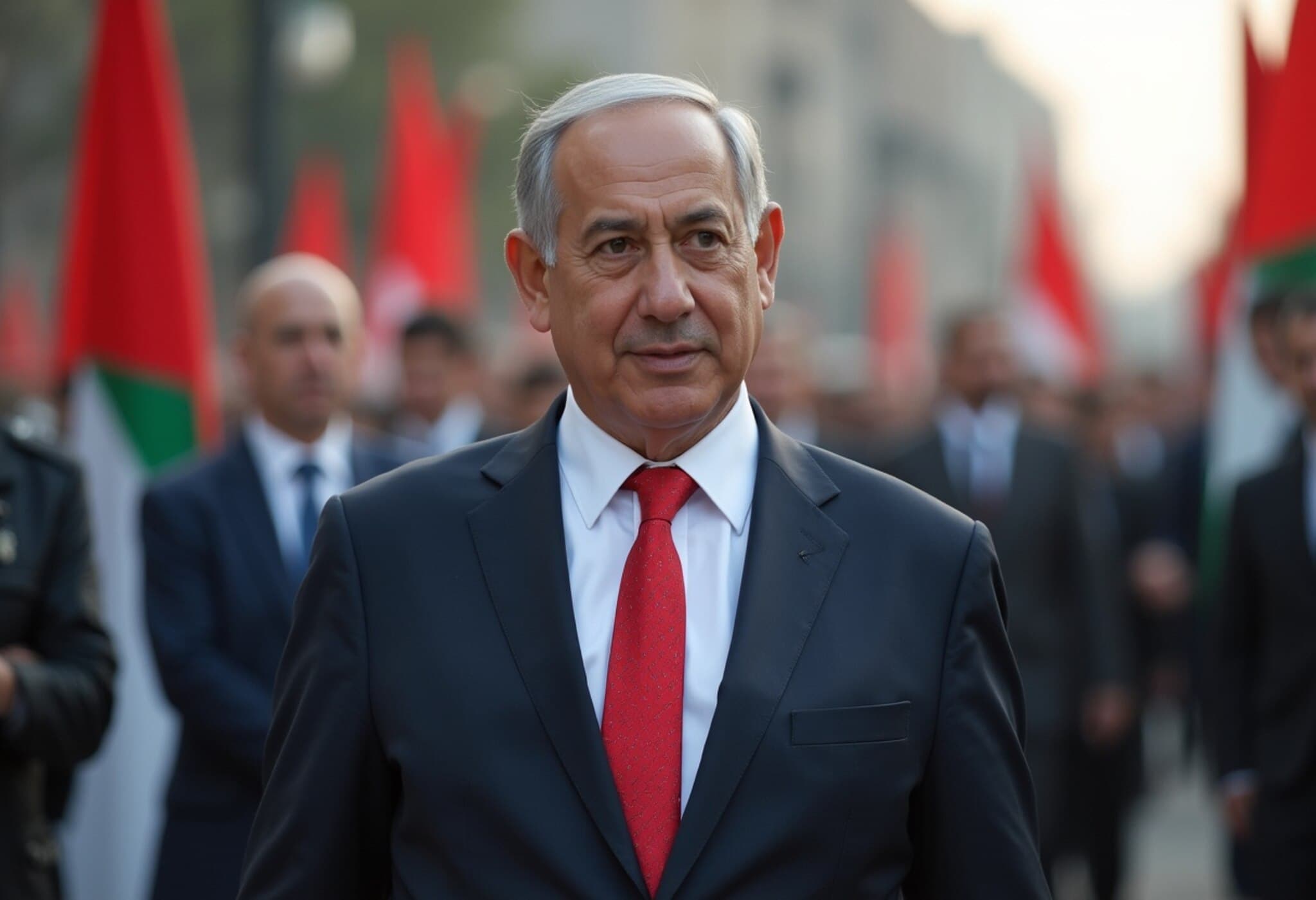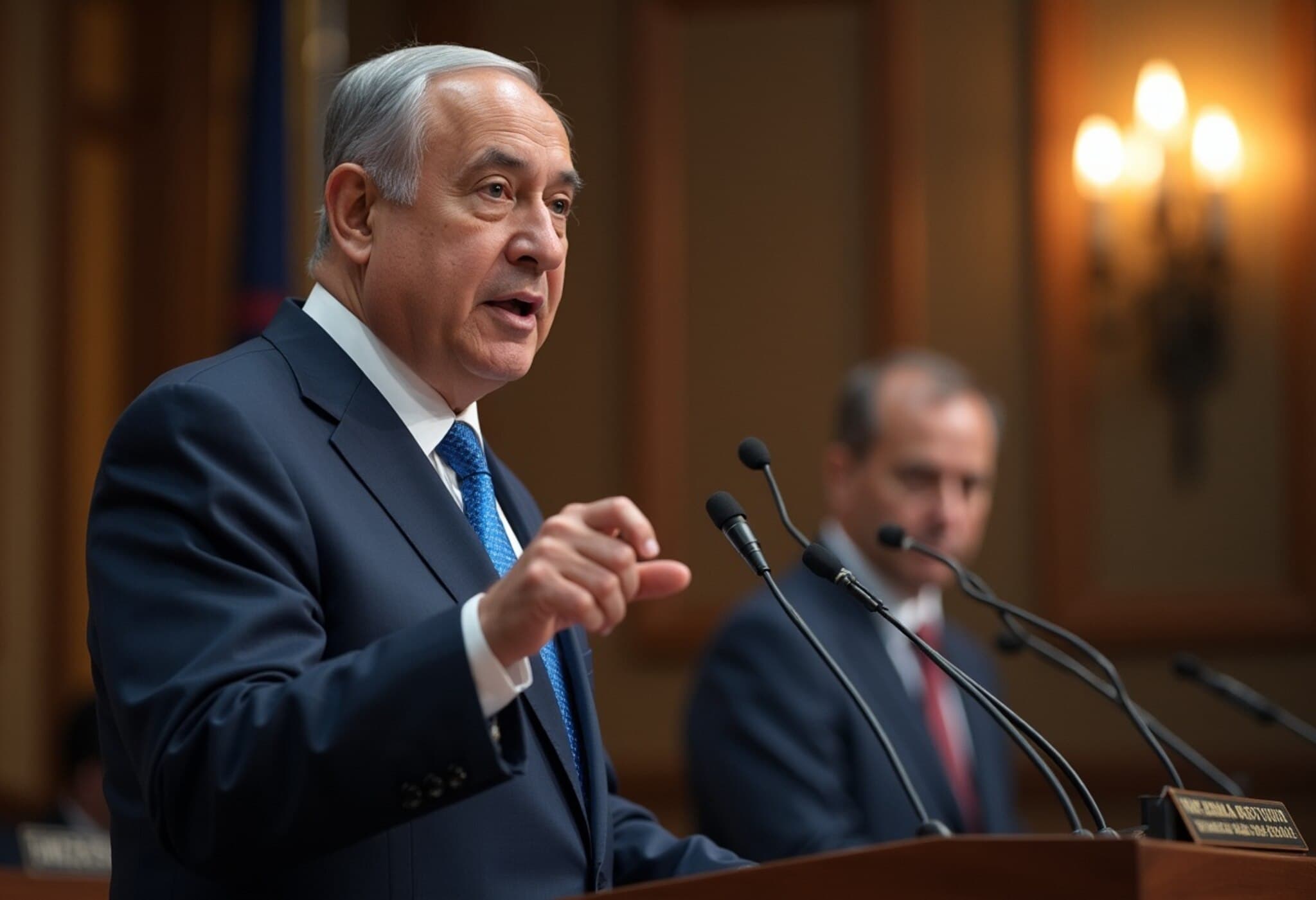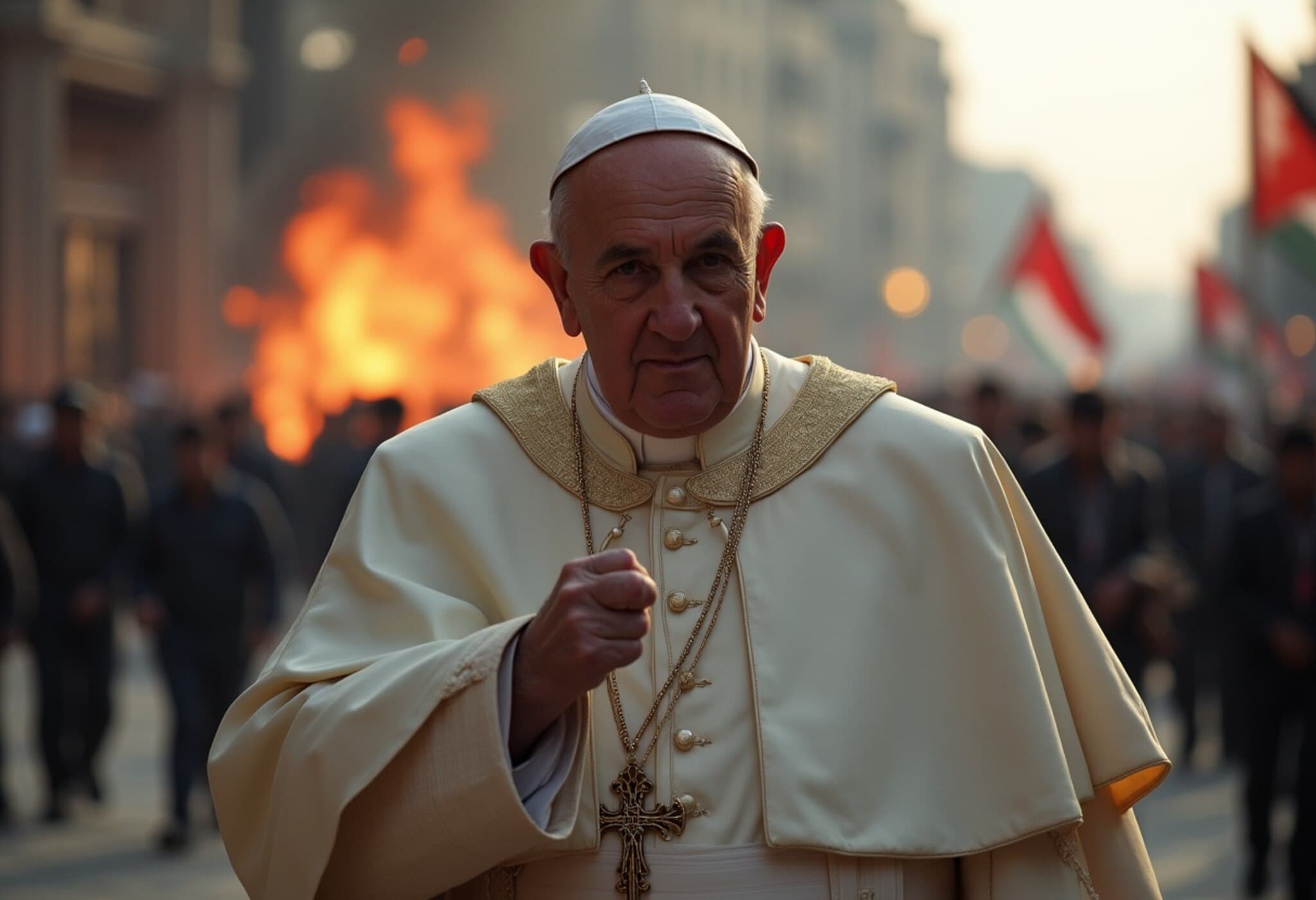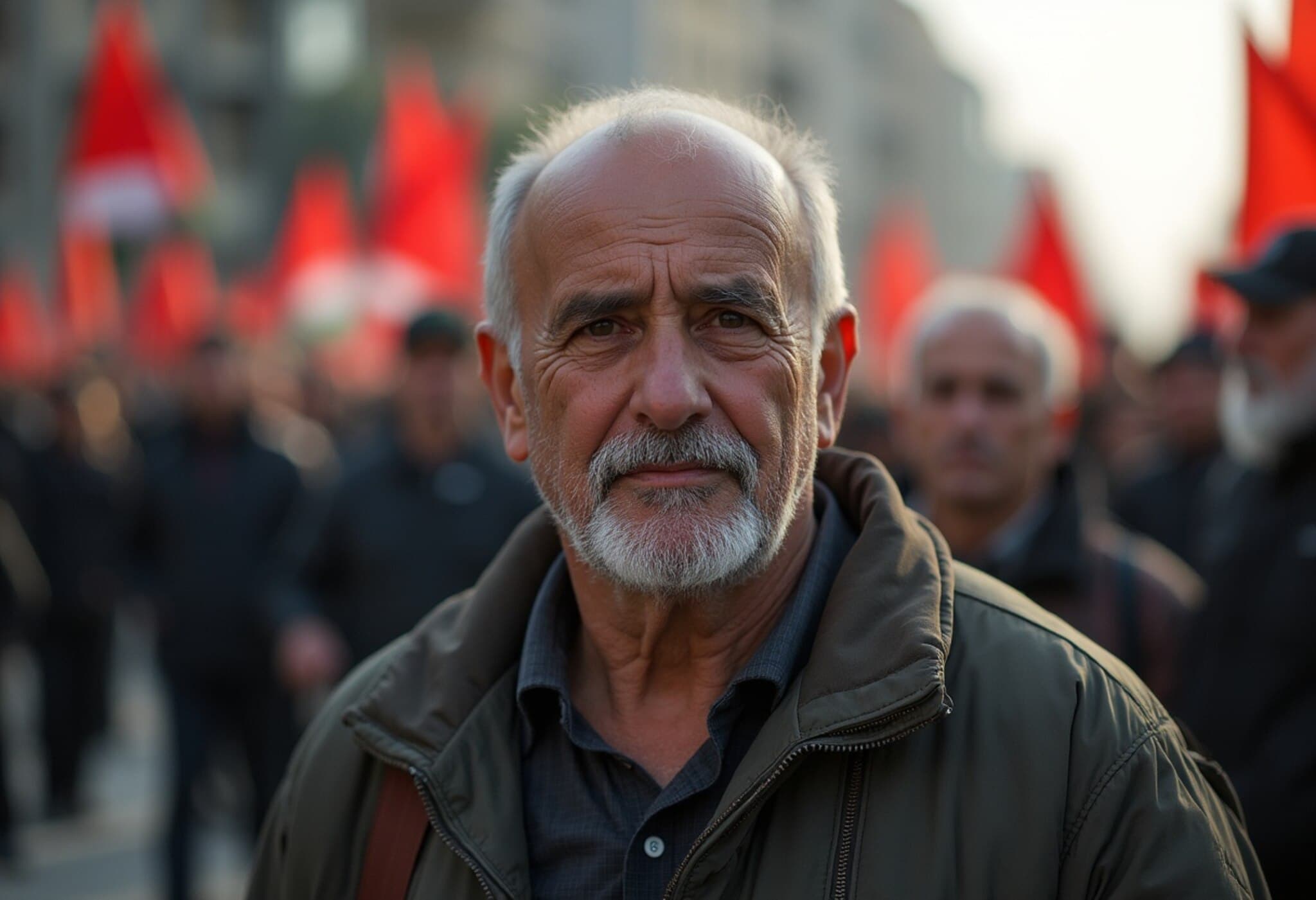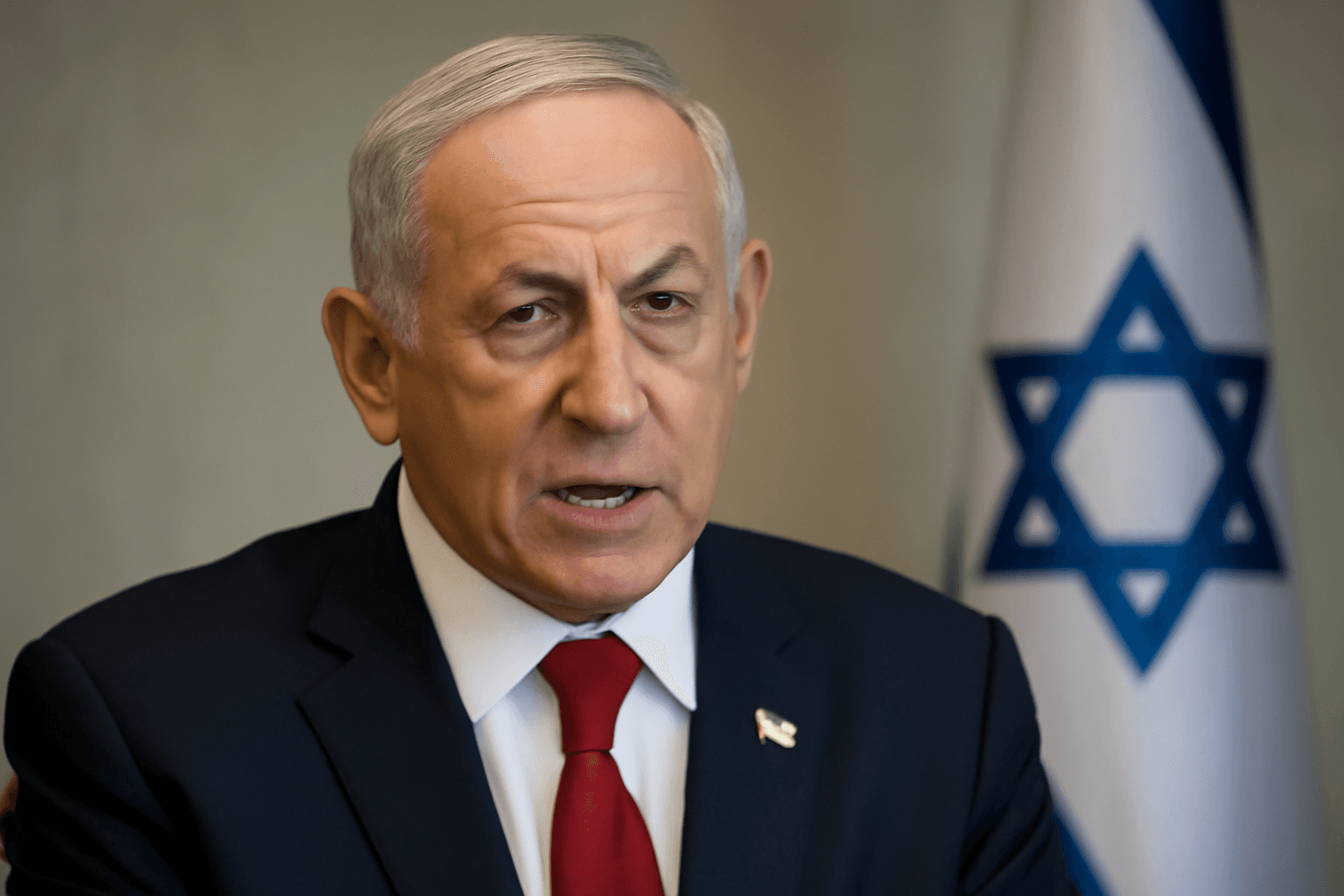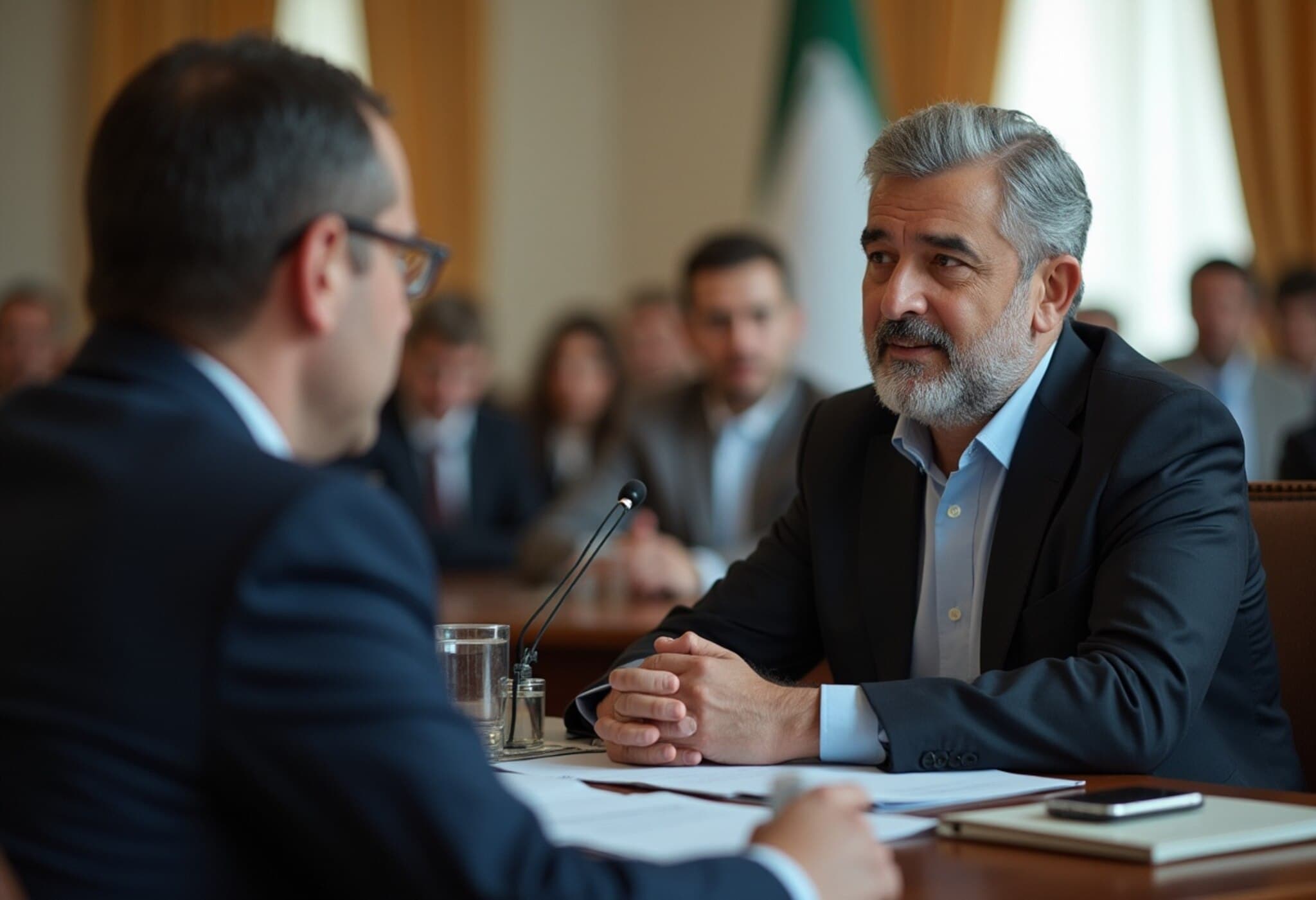Netanyahu Keeps the World Guessing on Gaza Occupation Timeline
As the conflict in Gaza intensifies, Israeli Prime Minister Benjamin Netanyahu's declaration to capture Gaza City has left many experts, officials, and civilians uncertain about the next steps. While repeated airstrikes have severely affected Gaza City and surrounding areas, there remains a lack of clarity from the Israeli military on when, how, or to what extent a ground occupation might unfold.
Political Divisions Spotlight the Complexity of Occupation Plans
Within Israel’s political landscape, opinions diverge sharply regarding the proposed occupation. The left warns that any attempt to seize Gaza City risks exacerbating the already dire hostage situation and endangering civilians. Conversely, voices from the right argue that the move alone will not be enough to dismantle Hamas, the militant group governing Gaza.
This internal rift mirrors the broader geopolitical challenges: a prolonged occupation may escalate violence and deepen humanitarian crises, while a limited operation could fail to achieve lasting security goals.
The Humanitarian Cost: Tens of Thousands at Risk
Gaza City remains one of the last urban strongholds where Palestinians have not yet been forcibly displaced by Israeli operations. Reports estimate that a takeover could displace tens of thousands, further straining already scarce resources and humanitarian assistance. Tragically, Prime Minister Netanyahu has acknowledged that the war has claimed tens of thousands of Palestinian lives, the vast majority innocent civilians caught in the crossfire.
Military Preparations and Tactical Ambiguity
Despite public statements about preparing to take over Gaza City, Israel's Defense Forces have yet to present a comprehensive tactical plan. There is no official timeline or detailed framework outlining the nature of the occupation or its anticipated duration. The military’s reluctance to mobilize ground troops so far suggests caution or possibly strategic signaling.
Some analysts speculate that the announcement of a major escalation, without immediate action, might be a deliberate pressure tactic to strengthen Israel’s position in ceasefire negotiations with Hamas. Mediators continue to seek pathways toward a truce, but persistent distrust on both sides complicates these efforts.
Journalists in the Crossfire: A Grim Toll on Media Freedoms
The human toll extends beyond civilians to include media professionals reporting from Gaza. Recently, Al Jazeera confirmed the deaths of two of its prominent correspondents and three cameramen in an Israeli strike targeting a journalist tent in Gaza City. Israel’s military claimed the strike targeted Anas al-Sharif, whom they labeled as affiliated with Hamas, a designation disputed by international observers.
Media watchdogs report nearly 200 journalists have been killed during the 22-month conflict — a devastating blow to press freedom and an alarming indicator of the dangers inherent in documenting war from within conflict zones.
Contextual Insight: What Does This Mean for the US and International Policy?
From an American policy perspective, the uncertainty regarding Israeli intent and tactics complicates diplomatic efforts. The Biden administration faces the challenge of balancing support for an ally with pressing calls to limit civilian casualties and uphold international law. The humanitarian consequences of potential occupation operations call for urgent engagement to accelerate negotiations and humanitarian relief.
Moreover, the discourse around Gaza raises critical questions about long-term regional stability and the international community’s role in conflict resolution. An occupation might offer short-term tactical advantages for Israel but risks fueling broader cycles of violence, impacting global security and the perception of Israeli policies worldwide.
Looking Ahead: Key Questions and Considerations
- How will Israel address the humanitarian crisis amid any potential occupation?
- What safeguards can be implemented to protect hostages and civilians?
- Can diplomatic efforts gain traction in a context of increasing military tension?
- What mechanisms exist to hold actors accountable when journalists are targeted?
Editor’s Note
Netanyahu’s ambiguous strategy to capture Gaza City serves as a stark reminder of the complexities in one of the most volatile conflicts of our time. Beyond military tactics and political posturing, the human cost — from displaced families to slain journalists — underscores an urgent need for measured policy approaches that prioritize human dignity and peace-building. As events unfold, a critical eye on both ground realities and diplomatic landscapes will be essential to navigate the path forward.

